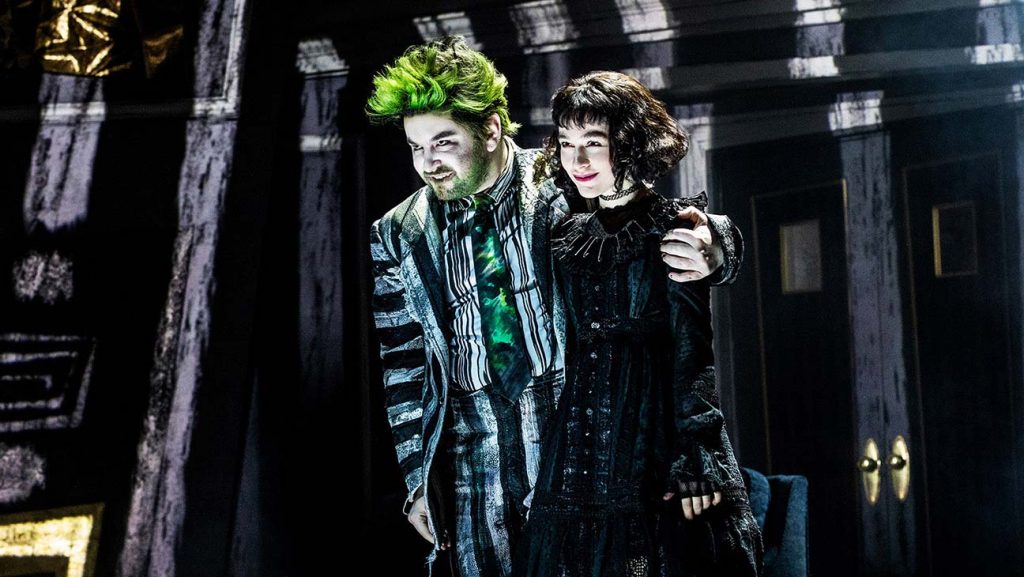
Dramatic Devices: Reversals
Imagine being swept up in a narrative where a hero’s fortune seems assured, only for their world to turn upside-down in an unexpected twist. Or perhaps a villain’s scheme appears unstoppable until, in a surprising turn, their plans unravel spectacularly. These dramatic about-faces, where situations flip dramatically, are known as reversals. But what drives the use of reversals in drama, and why are they such compelling narrative tools? Let’s dive deep into the whirlwind world of dramatic reversals!
The Tides of Fortune
A reversal in drama is a moment where the action or situation does a complete 180. Characters who were on top might find themselves at their lowest, and vice versa. It’s a shift, often sudden, that transforms the trajectory of the story.
Why Use Reversals?
Reversals are not mere plot gimmicks; they serve as pivotal anchors in storytelling:
1. Surprising the Audience
Reversals introduce the unexpected, keeping the audience engaged and ensuring the plot remains unpredictable.
2. Deepening Drama and Conflict
By flipping situations, reversals intensify conflicts, heightening stakes and tension.
3. Evolving Characters
Reversals force characters to adapt, revealing their resilience, vulnerabilities, or hidden strengths.
4. Exploring Themes
Through the rise and fall of fortune, reversals can underscore themes of fate, justice, or the unpredictability of life.
Reversals in the Spotlight
Throughout dramatic literature, reversals have added twists and turns to tales:
- Aristotle’s “Poetics”: Aristotle championed the use of reversal (or “peripeteia”) as a key element in tragedy, where the hero’s fortunes change suddenly.
- Shakespeare’s “Macbeth”: Macbeth’s swift rise to power is met with an equally dramatic downfall, a stark reversal that underscores the play’s themes of ambition and fate.
- George Bernard Shaw’s “Pygmalion”: The transformation of Eliza from a flower girl to a duchess is a positive reversal, but the play also explores the complexities of her newfound status.
Mastering the Art of Reversal
Crafting a compelling reversal requires nuance and care:
Seeding the Reversal
While reversals are surprising, they shouldn’t feel arbitrary. Subtle hints or foreshadowing can make the reversal feel more grounded in the story.
Balancing the Narrative
Reversals should serve the narrative, not overshadow it. Overusing this device can make a plot feel erratic or disjointed.
Ensuring Emotional Resonance
The most impactful reversals are those that evoke strong emotions, whether it’s shock, relief, or sorrow.
Conclusion
Reversals are the dramatic pendulum swings of storytelling, moments that remind us of the uncertainties and surprises of both art and life. They challenge our expectations, deepen conflicts, and illuminate character depths. So, the next time you’re engrossed in a tale and find yourself gasping at an unforeseen turn of events, revel in the artistry of the reversal, a narrative dance of shifting fortunes.






